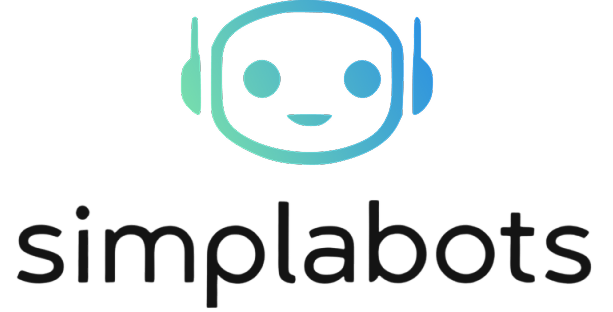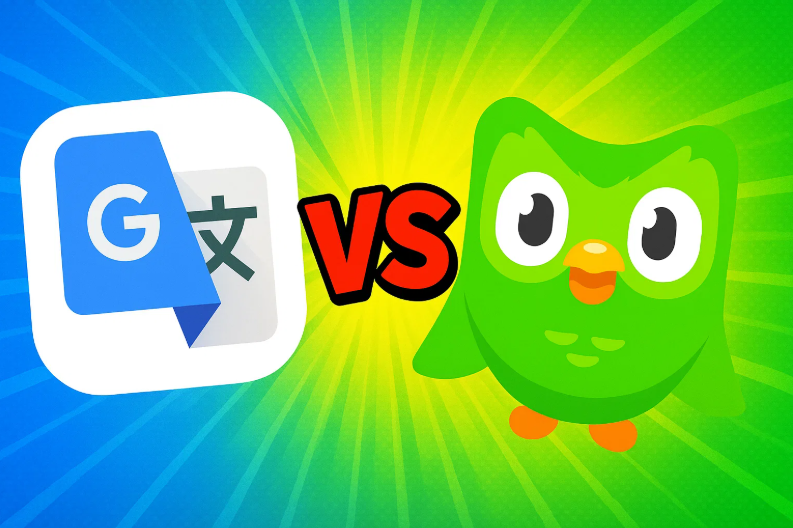AI chatbots such as OpenAI’s ChatGPT continue to impress with natural language generation, but limitations surface in edge cases and extensive computations.
A recent viral experiment put ChatGPT to the test: tasked to count from 1 to 1 million, the AI’s response demonstrates both the capabilities and built-in constraints of current large language models (LLMs).
Key Takeaways
- ChatGPT refused a request to count from 1 to 1 million, citing practical limitations.
- OpenAI’s model highlights design boundaries for task complexity and computing resources.
- This incident draws attention to how LLMs handle “prompt-limiting” scenarios in generative AI.
The Incident: A Test of ChatGPT’s Boundaries
When prompted by a user to “count from 1 to 1 million,” ChatGPT quickly responded that fulfilling such a request would be impractical and resource-intensive. Instead of attempting the task, ChatGPT explained the sheer output and time required make it unfeasible.
“ChatGPT’s refusal to process excessive or computationally intense tasks underlines the efficiency guardrails set by OpenAI and most LLM developers.”
Analysis: Why LLMs Decline Certain Tasks
This experiment spotlights a well-established aspect of modern AI architecture. Language models impose limits on output length, token counts, and timeouts to optimize computing resources and avoid non-value-generating processes. As described by Business Insider and several AI analysts, these constraints exist to:
- Prevent server overload and excessive power consumption.
- Maintain responsiveness and fairness for millions of concurrent users.
- Ensure AI safety by blocking pointless or harmful requests.
“Such limitations aren’t bugs — they’re an intentional part of responsible AI model deployment.”
Implications for AI Developers, Startups, and Professionals
The viral ChatGPT prompt highlights critical considerations for those deploying or integrating AI models:
- System Safeguards: Developers must implement output and operation limits to guarantee platform stability and user experience.
- User Education: Organizations embedding generative AI should clarify these built-in constraints so end-users understand the boundaries of what AI can do.
- Use-case Design: Startups relying on LLMs for automation should evaluate prompt feasibility and avoid expecting brute-force computation or data generation from chatbots.
Real-world applications require balancing creativity with efficiency. LLMs excel at linguistic and reasoning tasks but aren’t optimized for large-scale iterative loops (such as counting to a million). Understanding these trade-offs helps developers avoid suboptimal solutions and inspires new tools that combine generative AI with external computation engines where needed.
LLMs, Prompt Engineering, and Practical Limits
As popularity surges for technologies like ChatGPT, clear communication about limitations becomes a best practice. Prompt engineering must account for model capacity, ensuring requests remain within computable tasks. For scenarios demanding bulk computation, hybrid architectures or purpose-built algorithms remain essential.
“Generative AI’s future hinges on its ability to blend conversational prowess with practical constraints for real-world reliability.”
Conclusion
This event encapsulates why LLMs are powerful — but not omnipotent. Effective AI deployment means embracing model strengths and respecting their boundaries, driving the need for continual innovation and robust prompt handling. As generative AI matures, developers and organizations will set the pace for building not just smarter, but safer and more efficient AI tools.
Source: Times of India











